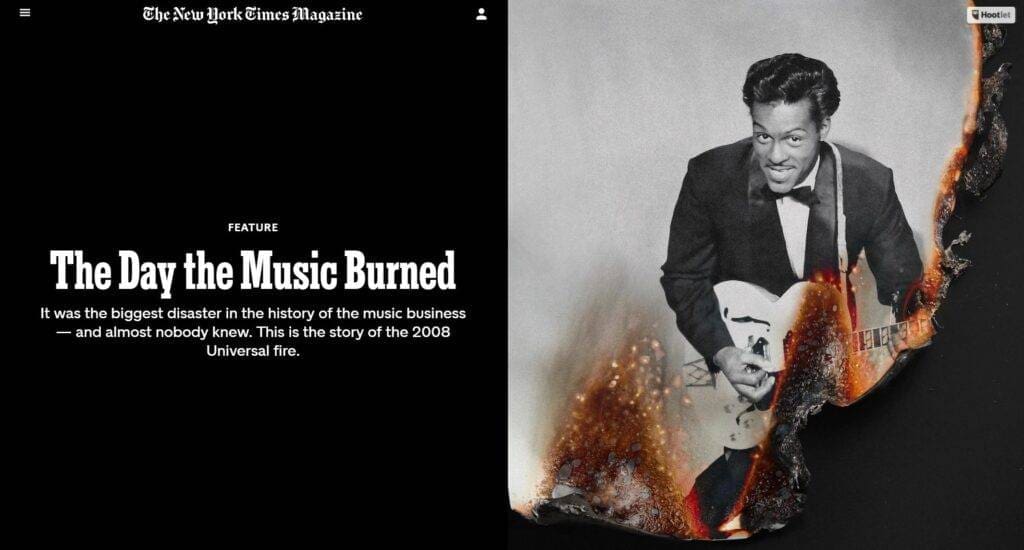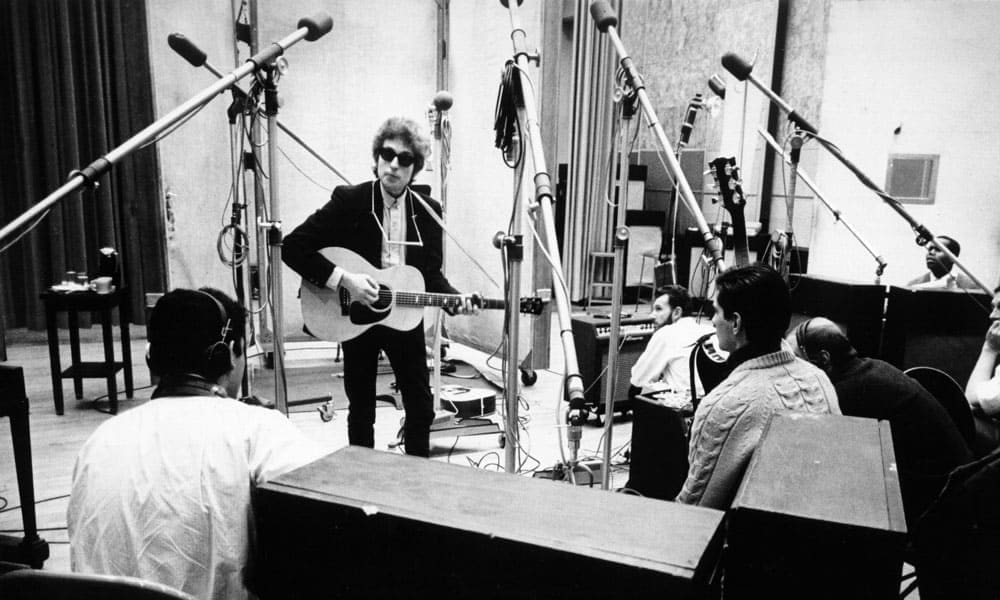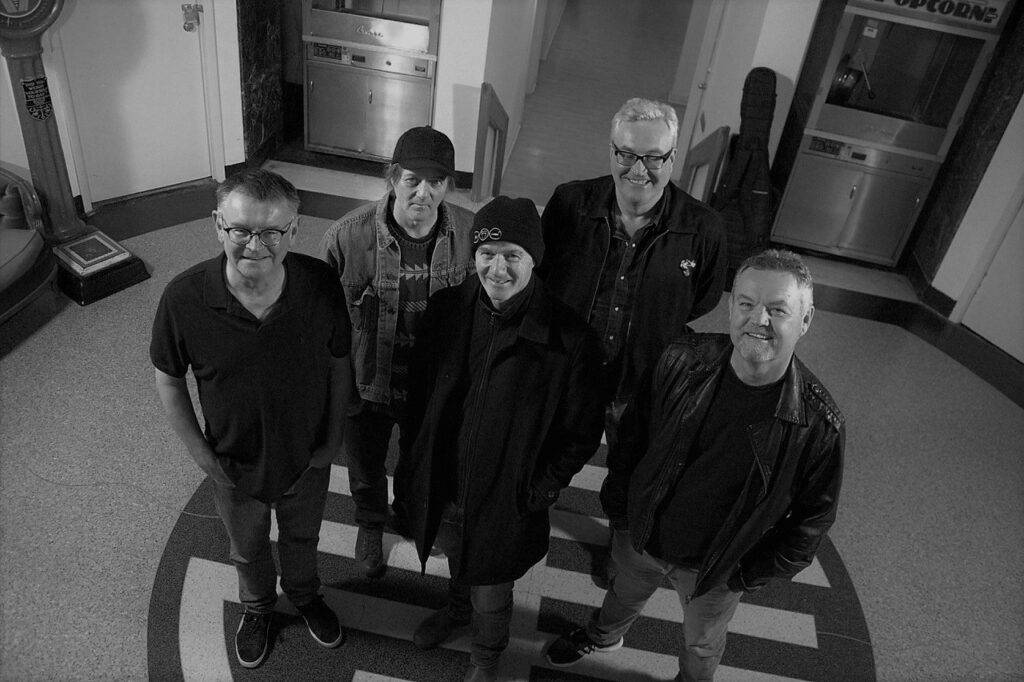The only two songs David Bowie wrote with Lou Reed in mind: “Very few parallels”


There aren’t many alternative figureheads who have been revered or replicated more than Lou Reed. During the 1960s and 1970s, the turbulent frontman created a sound and style for The Velvet Underground that was way ahead of its time, tackling bold themes of sexuality and addiction over delicate, intimate guitars. He carried this into his solo career with the soulful twangs of ‘Walk on the Wild Side’ and the devastating keys of ‘Perfect Day’, carving out his place as one of the most well-loved songwriters of all time.
Over half a century later, his reputation as such has only grown. Budding guitar bands still look to Reed for inspiration, to his boundary-pushing lyricism and his distinctive vocal style, crediting him as an influence each and every time they’re asked. Few songwriters occupy a position like this, maintaining a grip on the contemporary music scene beyond their passing, but Reed’s fellow glam rocker and sometimes friend David Bowie is one of them.
While the Velvets spent the late 1960s forging an avant-garde sound inspired by the New York City streets that surrounded them, Bowie was forging his own sound on the other side of the Atlantic. The London-born artist created transcendental compositions each time he entered the studio, bringing his artistry to life with equally otherworldly personas. From Ziggy Stardust to ‘Starman’, his characters and compositions marked him out as a particularly singular artist.
Like Reed, Bowie only accrued acclaim over the course of his life, securing his place as one of the most innovative artists in music history. In this way, there are certain similarities between the two figures. They both ventured into the world of glam rock, they were both ahead of their time in their artistry, and they both maintain an influence on alt-rockers to this day. Despite this, Bowie maintained that there were “very few parallels” between the two.
During a conversation with Melody Maker, Bowie was asked about the likeness between himself and Reed, which he called a “shallow observation”. He did acknowledge that two of his songs were comparable to Reed’s work, both of which featured on his fourth record, Hunky Dory, in 1971: ‘Queen Bitch’ and ‘Andy Warhol’.
The latter, being somewhat inspired by Reed, makes perfect sense, as he is a close collaborator of Warhol’s. The artist produced the Velvets’ now-iconic debut album and contributed the ingenuitive ‘peel slowly and see’ banana artwork. Opening with half a minute of extra-terrestrial bleeps, the track fades into raw guitars and tales of the artist and silver screens.
‘Queen Bitch’ is slightly more Velvets-adjacent in its sound, as Bowie shrugs off lyrics in characteristic Reed style. The guitars beneath him are effortlessly cool, upholding his tales of the darkest clubs and cruisers. In its content and style, it’s easy to see the influence of The Velvet Underground.
It makes sense that Bowie accepted comparisons to Reed on these two tracks but rejected them in the rest of his catalogue. Songs like ‘Heroes’ and ‘Starman’ are distinctively David Bowie, so iconic that they have become immune to comparison. Though he may have been somewhat influenced by the artistry of his friend and peer, his catalogue was just as innovative as Reed’s in its own right.






Responses